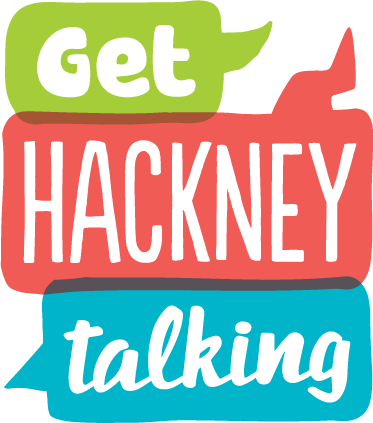My interest for language and communication, together with my passion for helping people, supported my decision to study Speech and Language Therapy (SaLT. During my studies I learnt how to support children with speech, language and communication difficulties. As SaLT students we work in different settings to learn about the service and the role of a SaLT in practice. During these clinical placements, SaLT Students complete lots of different tasks with the supervision of qualified SaLTs, such as:
- Doing speech and language assessments with young people
- Planning therapy sessions
- Facilitating speech and language therapy sessions
- Writing reports summarising children’s strengths and needs and recommending strategies and next steps in intervention
- Offering training to teachers, nursery staff and other professionals
It is also important for SaLT Students to take responsibility for their own learning and development while on placement. Every SaLT Student will be challenged both on a professional and personal level. I personally enjoyed stepping out of my comfort zone and getting experience doing new things with the right amount of preparation and study. On the other hand, one of the biggest challenges has been balancing my work at university and my clinical work on placement. I am glad to say that being trained as a SLT within the Hackney Learning Trust has given me the opportunity to develop both my clinical skills and my practical skills as a therapist.








 Hi! My name is Martina Curtin and I am the lead for deafness in the trust. I started in November 2018 and have been working with babies and young deaf children in the borough as well as supporting other therapists who have deaf children and young adults on their caseload. I use spoken English or British Sign Language (BSL) in my therapy sessions, whichever language works best for the child. I have BSL level 3 and hope to do level 6 very soon!
Hi! My name is Martina Curtin and I am the lead for deafness in the trust. I started in November 2018 and have been working with babies and young deaf children in the borough as well as supporting other therapists who have deaf children and young adults on their caseload. I use spoken English or British Sign Language (BSL) in my therapy sessions, whichever language works best for the child. I have BSL level 3 and hope to do level 6 very soon!
